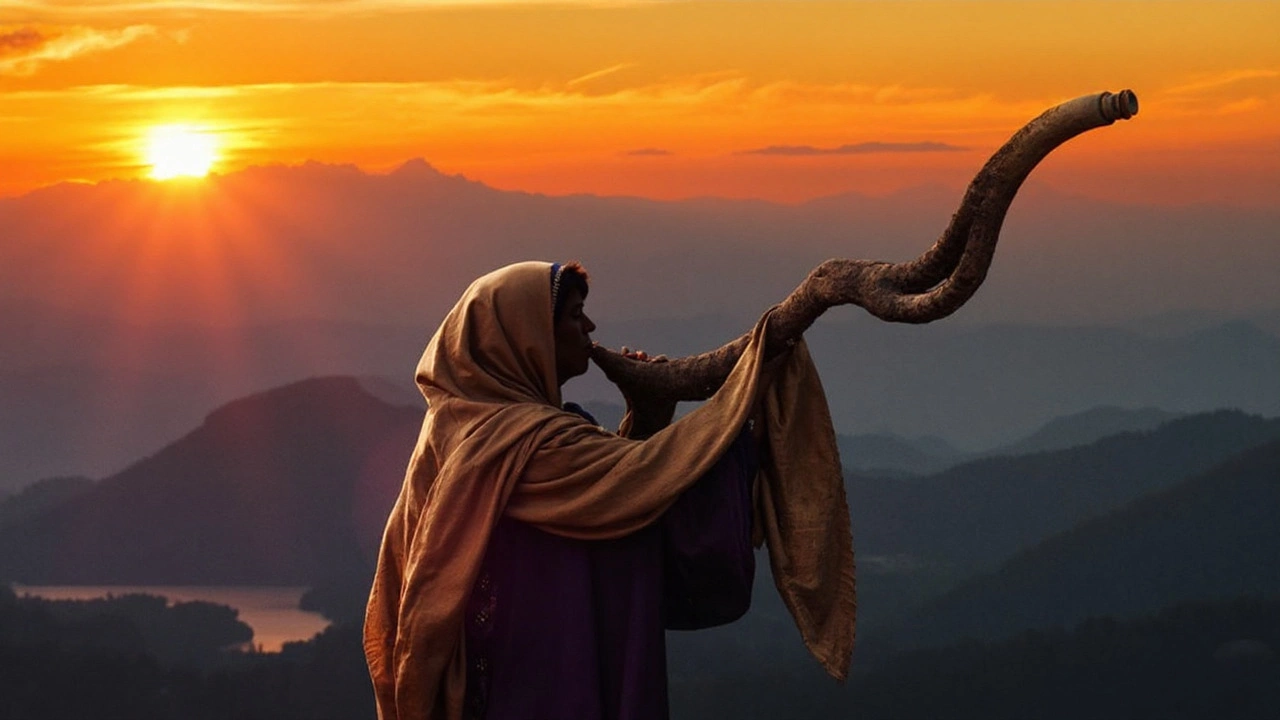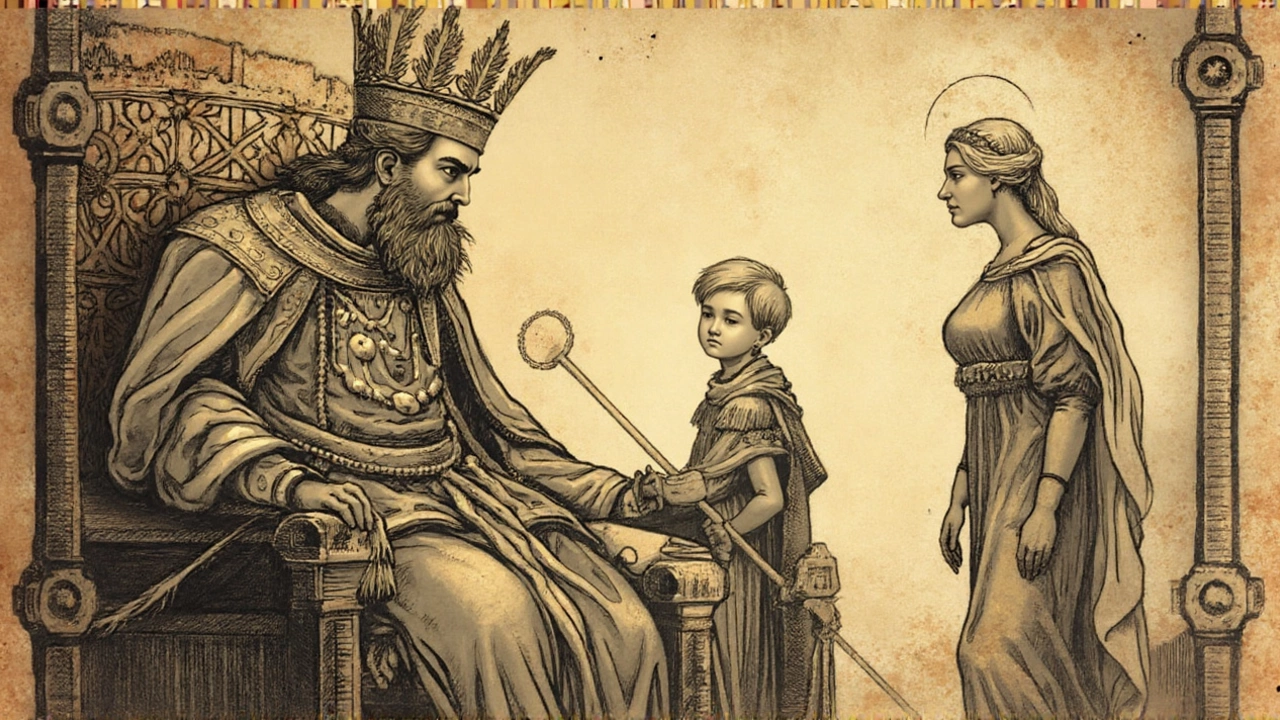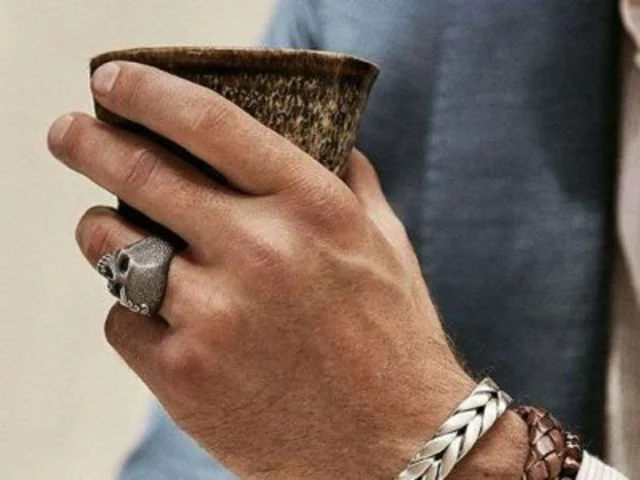 23
Sep,2025
23
Sep,2025
Sheep, Climbers, and Soldiers: Three Ways to See Judgment
When the new year rolls around in the Jewish calendar, the question isn’t just "What’s on the menu?" It’s more like, "How will we be counted?" The Mishnah throws a puzzling phrase at us: people pass before God "like B'nei Maron." Over the centuries, three sages have untangled that knot, each pulling out a vivid picture that still resonates today.
Rosh Hashanah for Rabbi Yehoshua looks like a flock of sheep slipping under a shepherd’s rod. The image borrows from the ancient practice of tithing livestock. After Elul begins, shepherds herd their animals into a narrow shed, letting one sheep out at a time while counting and marking every tenth with red chalk. No shortcuts, no hiding in the crowd—each animal steps forward, faces the rod, and gets its tag. The same idea slides into the High Holy Days: every person, no matter how hidden, must line up in front of the Divine Shepherd.
This metaphor does double duty. On one hand, it reminds us we’re all part of the same herd—vulnerable, dependent, and in need of guidance. On the other, it stresses that the shepherd looks at each individual, tallying deeds and failures. The familiar prayer U'netaneh Tokef echoes that tension, calling us both "like sheep" and individually accountable.
Resh Lakish flips the pastoral scene into a rugged ascent. He reads the phrase as "Kivnei Mayron," pointing to the steep, narrow paths of Mount Meron in the Galilee. Back then, climbing that peak meant threading a single file through sheer cliffs, where a misstep could send you tumbling. The metaphor turns judgment day into a personal climb: there’s no shepherd to push you forward, only your own balance, focus, and courage.
The mountain image forces a different kind of honesty. It says, "You’re on your own, but you’re not alone—everyone else is climbing the same slope." It stresses teshuva (repentance) as an active, sometimes anxious, process. You can’t hide behind the flock; you must choose each foothold carefully, aware that every decision shapes your spiritual altitude.
Rav Yehudah, speaking in Shmuel’s name, brings a third angle: "Kiv'numeron," a company of soldiers. Here, the High Holy Days turn into a royal muster. Soldiers line up before the king, awaiting orders, their ranks tight and disciplined. The shofar’s blast becomes a military trumpet, announcing the divine king’s arrival and the start of judgment.
This military picture blends the communal with the personal. A unit moves as one, yet each warrior is inspected, each sword weighed. It underscores duty, order, and the honor of serving a higher command, while still reminding each soul that an individual report card will be handed out.

What the Metaphors Mean for Today’s Worshippers
Why should modern readers care whether we’re sheep, climbers, or soldiers? Because each vision taps a different emotional chord. Some people find comfort in the shepherd’s steady hand—the idea that God watches over us even when we feel lost. Others feel a surge of motivation from the mountain climber’s grit, seeing the new year as a chance to scale higher spiritual ground.
Then there are those who march to the drum of the soldier, embracing discipline, communal responsibility, and the pride of playing a role in a larger divine story. Rabbi Daniel Liben points out that all three images capture the same fragile reality of life during the Days of Awe: we’re all vulnerable, yet each of us carries a unique weight.
- Sheep: Trust, communal belonging, and the comfort of divine protection.
- Mountain climbers: Personal responsibility, the anxiety of choice, and the thrill of spiritual ascent.
- Soldiers: Collective duty, disciplined service, and the honor of standing before a sovereign.
When you hear the shofar’s wail, you might imagine a shepherd’s crook, a climber’s ice axe, or a general’s bugle. The sound is a call to awaken, to step forward, and to own the moment of judgment. It’s also a reminder that, however we picture ourselves, the core message stays the same: each person is counted, each deed is weighed, and each soul has the chance to reset.
That’s why these metaphors endure. They let each generation find a mirror that reflects its own challenges and hopes. Whether you’re a busy professional seeking the calm of a shepherd, a student feeling the pressure of a steep climb, or a volunteer soldier in your community, the High Holy Days ask you to pause, reflect, and step into the line—alone yet within the flock.
The richness of the debate reminds us that ancient texts were never meant to be locked in a single interpretation. They were designed to spark conversation, to grow with the people who study them. So as you stand before the altar, think about which image fits your heart today, and let that guide your prayers, your actions, and your hopes for the year ahead.




